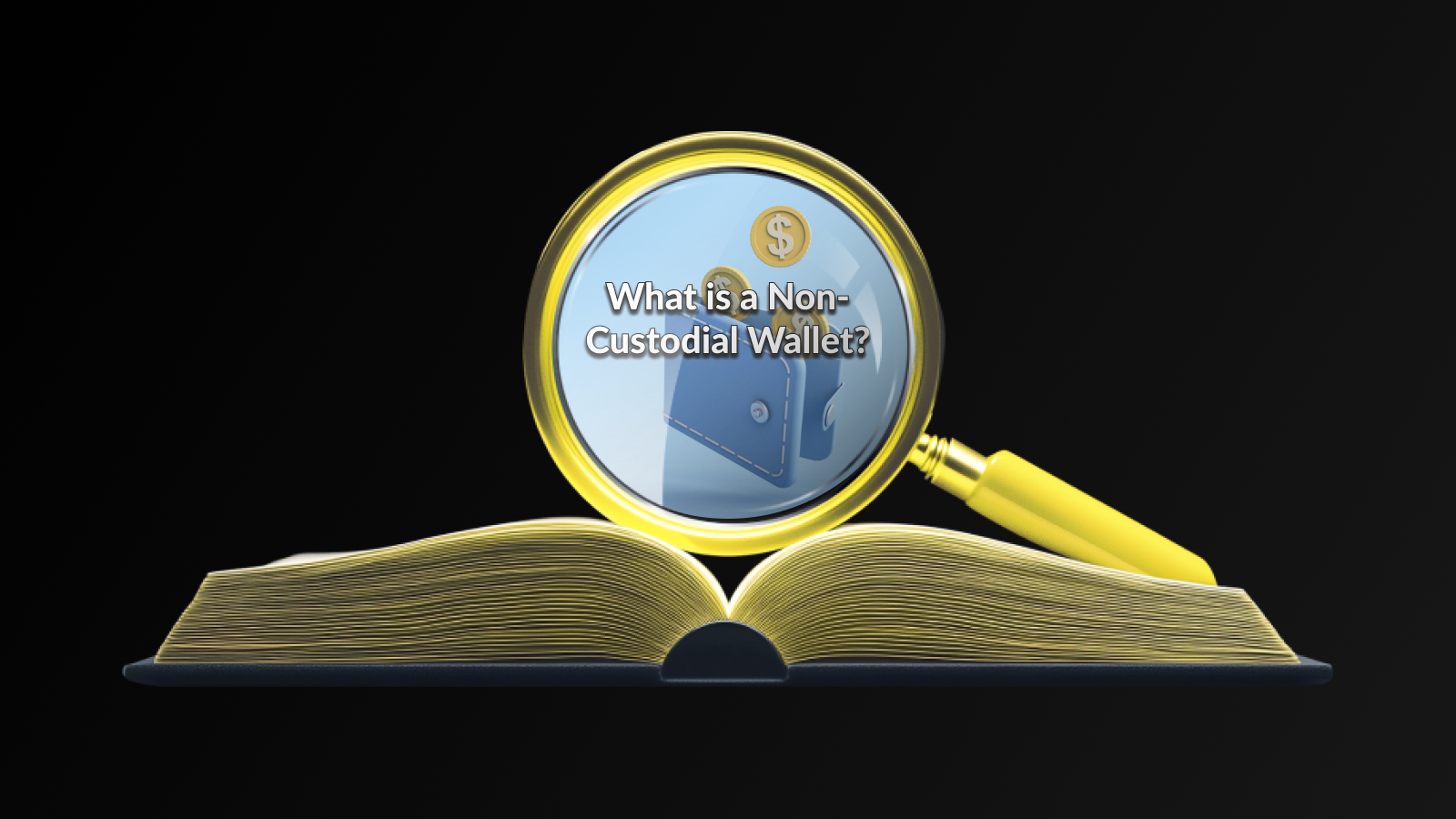Introduction
Explore the significance of nonce in blockchain mining and its crucial role in enhancing the security of blockchain technology.
The Blockchain Mining Nonce is a critical element in the process of validating and securing transactions within a blockchain network. Essentially, a nonce is a number that miners must generate and include in the block header to create a hash that meets the network’s difficulty target. This mechanism is fundamental to the functioning of the Proof-of-Work Nonce consensus algorithm, which ensures that mining a block requires considerable computational effort.
In the context of blockchain technology, every time a miner attempts to solve a block, they alter the nonce value and rehash the block header to see if the resulting hash is valid. The nonce is important because it allows miners to explore a vast range of potential hashes until they find a suitable one, keeping the network secure against attacks and fraudulent activities.
Moreover, the introduction of a nonce helps to maintain a level of unpredictability in the mining process. This ensures that no single miner can dominate the network, as finding a valid nonce is essentially a game of chance. As such, the nonce plays a pivotal role in sustaining decentralized control over the blockchain, which is one of its core principles.
The significance of the Proof-of-Work Nonce extends beyond mining; it influences the overall integrity and trustworthiness of the entire blockchain ecosystem. Understanding the function of the nonce can provide deeper insights into how blockchain operates and the safeguards it implements to protect its data and transactions.
The Role of Nonce in Blockchain Mining
In the context of Blockchain Mining Nonce, the nonce plays a pivotal role in the mining process, particularly in Proof-of-Work blockchains. Miners must find a nonce that, when hashed with the block data, results in a hash that meets specific criteria. This requirement is key to maintaining the security and integrity of the blockchain.
The mining process involves trial and error, where miners repeatedly modify the nonce and attempt to solve the cryptographic puzzle. This competition requires substantial computational resources, as miners race against each other to find the correct nonce before others. The first miner to succeed gets to add the new block to the blockchain and is rewarded with cryptocurrency.
A successful Proof-of-Work Nonce not only validates transactions within a block but also reinforces the security of the entire network. Each block contains a reference to the previous block’s hash, creating a robust chain that is difficult to tamper with. Any change in a block would necessitate re-mining all subsequent blocks, further emphasizing the importance of the nonce in this intricate process.
The nonce facilitates consensus among decentralized actors, ensuring that the network remains secure against fraudulent activities. Without the nonce, the entire mining mechanism would collapse, undermining the core principles of decentralization and security inherent in blockchain technology.
The importance of nonce in blockchain security cannot be overstated, particularly in the context of Proof-of-Work Nonce. The nonce is an essential component for maintaining the integrity and security of blockchain networks, as it acts as a counter that allows miners to produce a valid hash. By altering the nonce value, miners can solve complex mathematical problems necessary for adding new blocks to the blockchain. This process ensures that the network remains secure against potential attacks, such as double-spending or unauthorized alterations.
In addition to its role in mining, the nonce contributes to the overall security framework by making it computationally intensive to forge a block. With each new block created, the nonce must be recalculated, which in turn requires vast computational resources. This effort acts as a deterrent against malicious actors looking to manipulate network data, as high computational power and energy consumption make such attacks economically unfeasible.
Furthermore, the uniqueness of the nonce for each block ensures that every entry in the blockchain is distinct and tamper-proof. If an attacker attempts to change a block, they would not only need to alter the content of that block but also find a new nonce that results in a valid hash for the subsequent blocks. This cascading effect magnifies the complexity of an attack.
The integration of the nonce into blockchain mining contributes to a secure and trustworthy environment for digital transactions. By reinforcing the integrity of the block verification process, the nonce plays a pivotal role in upholding the core principles of decentralized and secure blockchain networks, especially in Blockchain Mining Nonce scenarios.
Disclaimer
This article is for informational purposes only and does not constitute financial or investment advice. Readers are encouraged to conduct their own research and consult with a qualified professional before making any decisions related to blockchain technology or cryptocurrency investments.
Click for more education articles





